[Expert Opinion] How to Build Resilience in the Workplace?

According to one study by McKinsey, just 31% of managers say they’re fully prepared to face the next market disruptions. Looks like there's still a long row to hoe to build resilience in the workplace!
Despite the challenges, the return on investment is well worth it. Accenture’s recent report reveals that resilient companies achieve 3.6% higher sales growth than their less resilient competitors. Resilience, then, can really drive performance for companies! So, how do you turn it into a competitive advantage?
To explore this topic further, we interviewed Ariane Marchand, co-founder of idehō, a Canadian company that specializes in alternative technology and management consulting. Here are Marchand’s tips for cultivating resilience in business.

What Is Resilience?
Before delving into this topic, let's start by better understanding what business resilience really means in the workplace.
"Resilience traditionally refers to an ecosystem's ability to return to a state of equilibrium after an exceptional event,” idehō's co-founder explains.
“While that's the ecological meaning, I think it's even better suited for businesses! I like to compare the resilient company to a biological cell—both flexible and capable of reshaping and resizing itself to adapt to internal or external pressures.”
“In the workplace, resilience is characterized by our ability to adapt quickly and flexibly in the face of change, and to be on the move, in order to avoid reaching a fracture point. It’s essential on a daily basis—both to maintain growth and to encourage progress, creativity, and organizational agility."
How Can We Improve Resilience in the Workplace?
"To become more resilient, a company must follow several key steps. In my view, these three are the most essential:"
- "First, put a governance structure and model in place that encourage adaptation, as well as rapid decision-making and execution.
- Create a financial model based on a contingency plan to not only absorb pressures, but also create a universal climate of financial security.
- Establish a corporate culture that grants the right to make mistakes, with the end goal of encouraging continuous learning and innovation."
Also read: Psychological safety at work: why it’s important and how to promote it
"These three steps are all tied together. Take one example: without financial security, it's hard to ensure the right to make mistakes since employees may fear repercussions from their failures."

Why are these steps toward greater resilience so important, and how do they play out in day-to-day work? Here are a few concrete ways to develop your company's resilience.
Why and How Should I Implement a New Organizational Model?
"Self-management models such as Holacracy, sociocracy, and Teal organizations all offer alternatives to the traditional top-down model. They combine clarity, structure, and flexibility, and that makes them powerful remedies against organizational deadlock!"
In concrete terms, these models allow you to:
- clarify roles, responsibilities, and the overall functions within your company
- encourage more initiative-taking and greater team autonomy
- develop collective intelligence to enable employees to find solutions more quickly and continuously improve
"With a resilient organizational model, every employee becomes an improvement sensor, capable of proposing his or her own concrete solutions. For this dynamic to happen, employees need to be well equipped! To use an analogy, the structure and governance model are just the foundation; they're the playground on which resilience takes place. Now you have to know how to play and want to play," Marchand stresses.
At Talkspirit, we've created tools specifically designed to help companies implement self-management models. Our solutions help to document roles and work processes, improve collaboration, and build team resilience. Today, more than 1,000 organizations trust us, so why shouldn't you? 😉

How Do I Create a Crisis Management Plan?
"Liquidity crisis, reputation crisis, scandal... Crises are an integral part of a company's journey. While we can't anticipate them all, it's essential to create a contingency plan to clarify how they should be managed."
The contingency plan (or crisis management plan) describes all the actions an organization must take in the event of a crisis to ensure continuity of its activities.
"To develop it, start by identifying the collective and individual limits you're willing to accept before you reach your breaking point. These limits can be financial (like the minimum break-even point to be maintained), or workload-related (like the maximum number of projects any team should have to manage). Take a software company, for example: it can define the minimum number of customers it must retain over a given period to avoid putting its business in financial jeopardy."

Once these limits have been identified, build your financial plan around the situations they could generate at all levels of the organization. Every employee must be able to rely on this plan in the event of a crisis. For this reason, draw up a specific action plan for each team, so that everyone knows what to do and when to act.
To make the plan operational, define precisely who is responsible for designing, implementing, and monitoring it. Specify the responsibilities of each role, the resources available, and the time allowed to manage the situation.
Finally, don't forget to spread the word about that plan! All employees need to know that the contingency plan exists, as well as the why, when, and how. This transparency is essential to minimize the stress associated with change and strengthen individual and collective resilience," asserts the co-founder.
How Can I Develop a Culture of Resilience?
"To develop a culture of resilience in the workplace, every company stakeholder must be able to rely on these four principles:
- Don't make perfection your end goal, but instead stay constantly on the move. Putting in place a consent-based decision-making process can be a remedy for obsessive perfectionism. This process—often used in self-managed teams—enables decisions to be taken in a participative way, but without generating inertia.
- Encourage creativity. Everyone needs to be ready to try out new things and adopt an open approach to change. In times of crisis, we tend to close up. Yet we have everything to gain by gathering, opening up, and sharing our ideas and opportunities at work. We just have to listen to them with an open-minded attitude. Yes, it can be a challenge!
- Develop transparency, an essential cornerstone of resilience. Rather than making all your decisions in a vacuum, try to mobilize all your internal and external resources. That's how you'll find new ideas and solutions faster! A dose of transparency also brings a clear alignment between the situation you're in and the one you're aiming for. This helps you to find a point of balance, so that everyone is working in the same direction.
- Equip individuals to develop their flexibility. This is based in particular on:
- the ability to communicate effectively and give and receive constructive feedback
- the opportunity to express your ideas using strategic communication tools so your voice is really heard
- the ability of peers to help each other
Strategic Alignment: the Key Challenge for Resilient Businesses
"One of the biggest challenges for resilient companies is to get everyone to understand what the balance point is and where you want to go. In other words, what's your genuine purpose? After all, it's your purpose that serves as the compass for drawing up an appropriate crisis management plan."
"It's often said that strategic alignment should be proportional to the autonomy granted to employees. If this alignment's not continuous, clearly stated, and understood by all, it risks creating fractures among your employees. That's why it's essential to communicate it clearly."
"One more tip: stay flexible! Your sweet spot is never set in stone. You have to be able to evolve continuously and adapt to changes in your organization," Marchand explains.
Two Examples of Resilience-Building Initiatives
"We recently worked with a consortium charged with taking over the railroad operations throughout a major Canadian city. This colossal project involved creating a team from scratch, and then getting it up and running in less than two years."
"To meet this challenge, the company had to:
- establish a solid organizational structure
- draft a hiring plan
- build a corporate culture
- identify skills needed
- anticipate potential regulatory changes"
"This was almost akin to building an airplane in mid-flight, requiring a high degree of resilience and adaptation!"

"To develop this resilience, we implemented two key initiatives within one of our company's departments:
- First, quarterly face-to-face reviews spanning two days. Bringing an entire department together for this time period represented a real opportunity and a chance to move forward! These quarterly reviews had several goals:
- evaluate performance over the most recent quarter
- identify progress made and lessons learned
- readjust strategies and priorities based on team needs
- set clear objectives for the quarter ahead
These reviews have enabled the department to make very rapid changes and gain in resilience.
- Second, adoption of a role-based structure. Instead of limiting employees to one rigid job description, the company opted for a more flexible structure where each employee could take on several roles that match their skills. These roles constantly evolve in order to meet changing needs. This has made it possible to readjust the responsibilities of each role whenever there were new regulations or new organizational expectations."
A Final Word
Resilience in the workplace relies on a subtle balance between better governance, financial security, and corporate culture. For idehō, these three pillars are inseparable, and by combining them, you create truly resilient teams!
To become a resilient company, start by clarifying your purpose and identifying where the point of return to equilibrium lies. These will serve as a compass to guide your strategic choices—even in times of crisis. At the same time, develop your employees' skills to encourage continuous improvement and strengthen their ability to communicate and adapt.
Finally, implement an organizational model that promotes flexibility and transparency. Equip your teams with tailored solutions, such as those offered by Talkspirit, to bring clarity to roles, responsibilities, and work processes, and improve team collaboration.
Ready to step up to the plate? Download our white paper below to find out how to choose and implement a new organizational model. 👇
Access the White Paper
In our white paper, “The Ultimate Guide to Organizational Models,” you’ll receive:
- a comprehensive overview of innovative organizational models (like Agile, Teal, Holacracy, Constitutional Management, and more)
- testimonials from pioneer organizations that have successfully adopted it
- best practices for choosing, implementing, and measuring the effectiveness of our model
- digital tools to facilitate your transition








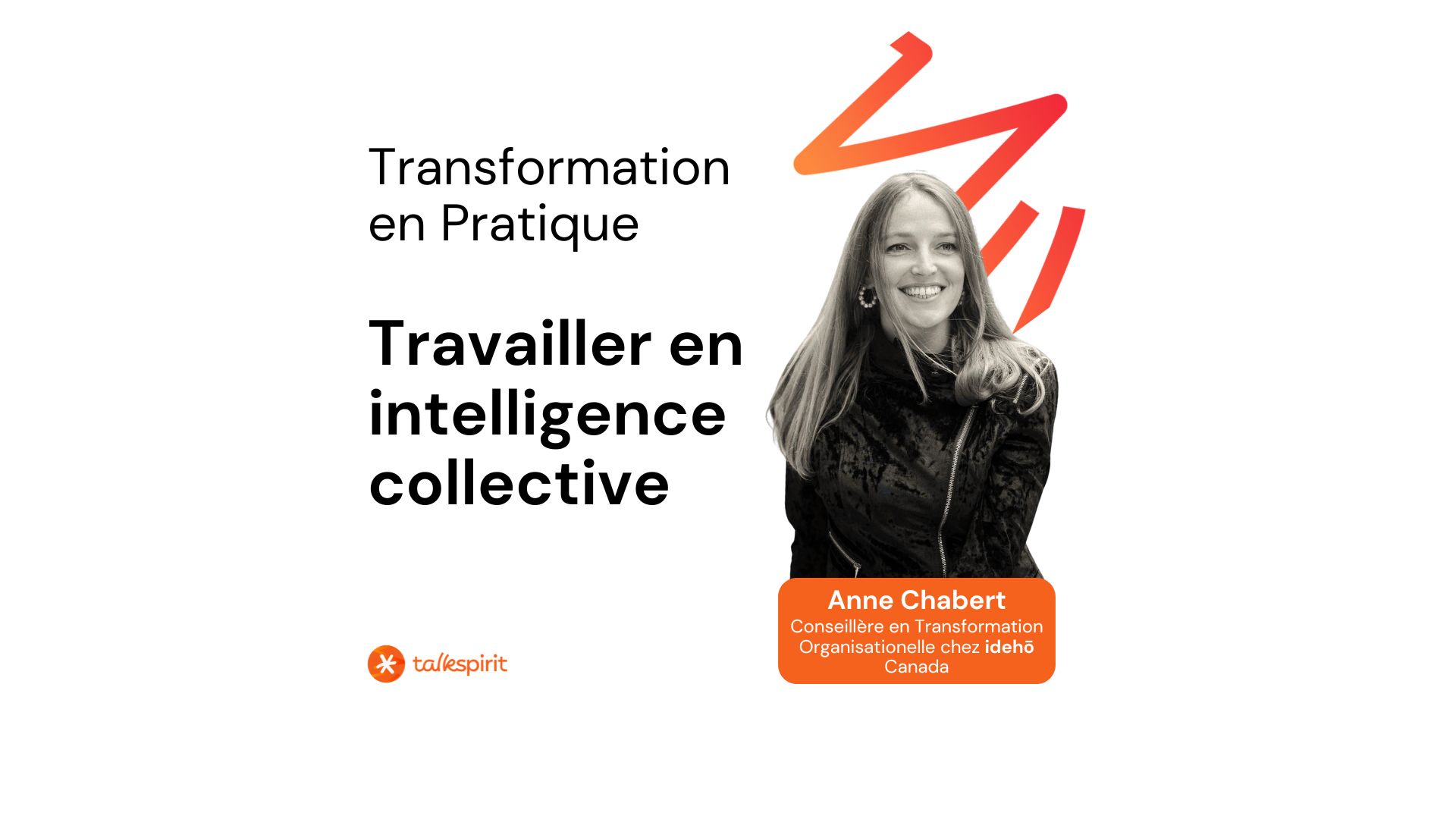

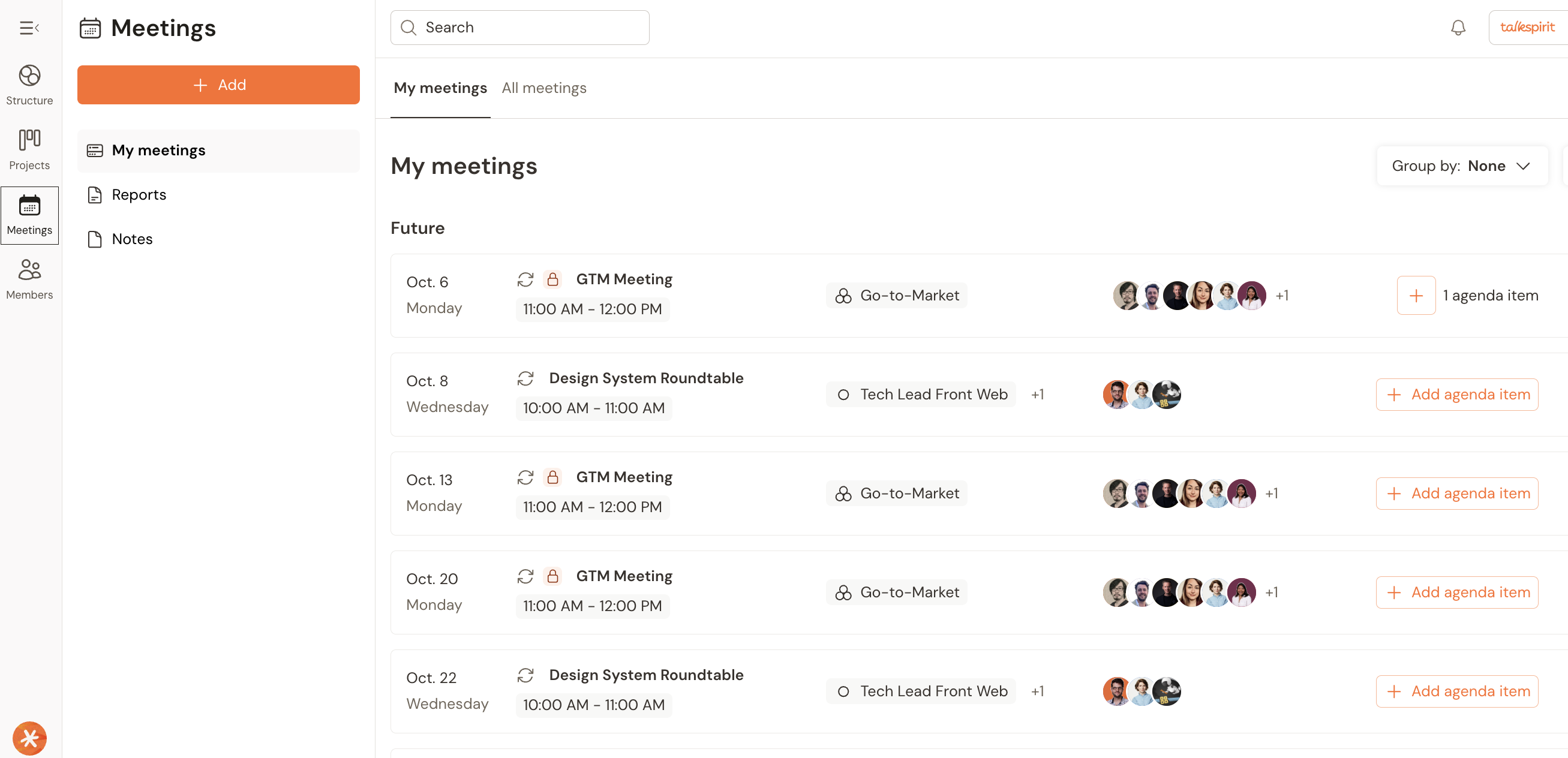



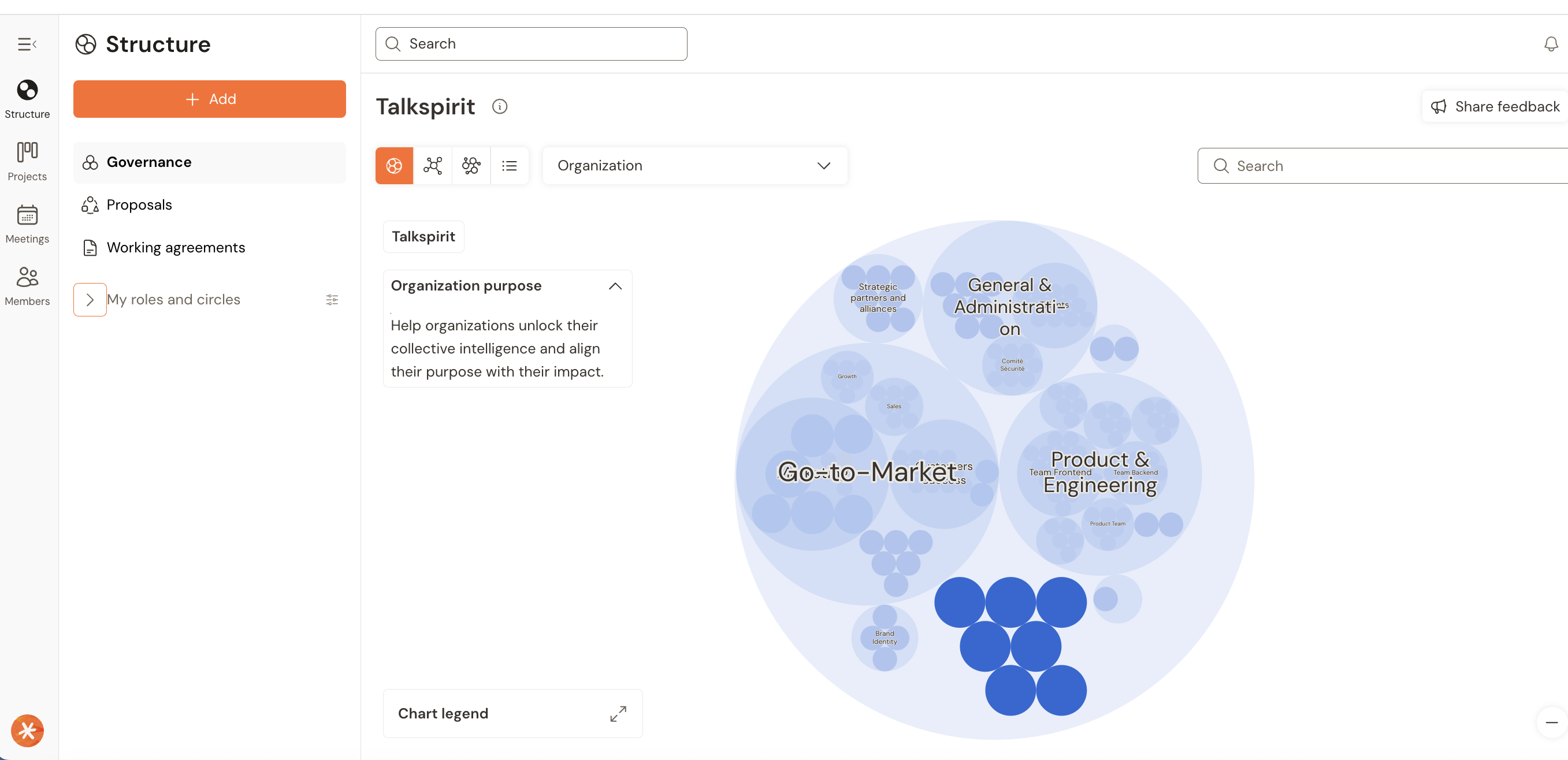
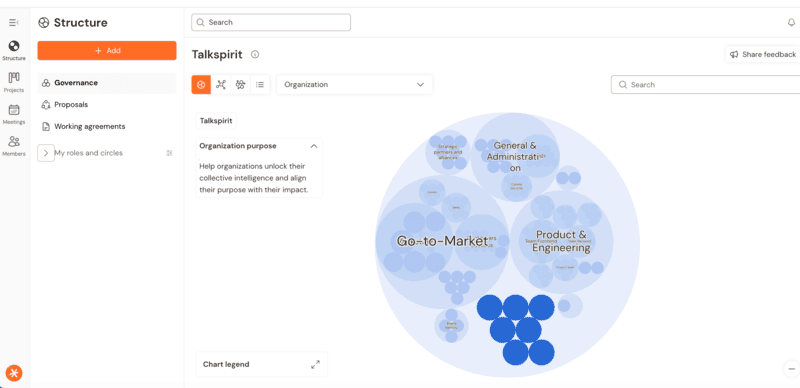

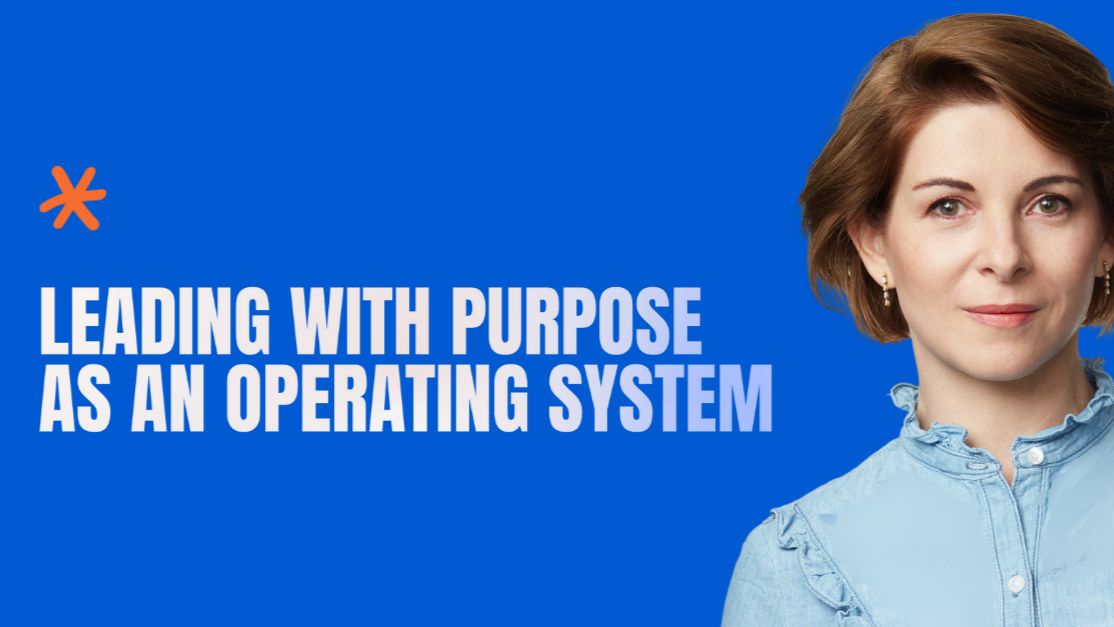







.jpg)





.jpg)
.jpg)







.jpg)
.jpg)


.jpg)

.jpg)


.jpg)










.jpg)




.jpg)



.jpg)

.jpg)



.jpg)








.jpg)


















.jpg)

.jpeg)